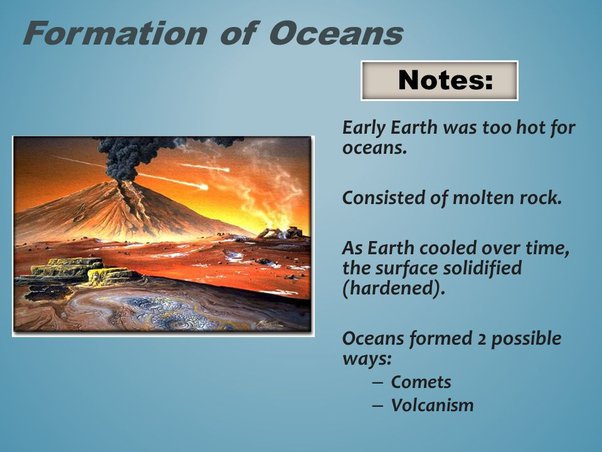2024-06-20 21:55:32
What do sci-fiction-pioneer Jules Verne, horror-writer H.P. Lovecraft, and the Russian space program have in common or what are some interesting facts about Point Nemo? Who Found Point Nemo?
While the oceanic point of inaccessibility has always existed, it was only just discovered in 1992, some three decades ago, thanks to modern computing and GPS technology. A Croatian-Canadian survey engineer Hrvoje Lukatela wrote a geospatial program called
Hipparchus, and found Point Nemo.
Point Nemo Isn’t Named After A Fish
The etymology of Point Nemo is easily confused with Disney’s well-known protagonist — fish Nemo — in the children’s show
Finding Nemo. But Point Nemo was named after the famous fictional character Captain Nemo in Jules Verne’s
‘20,000 Leagues Under The Sea.’ It translates roughly to
“no man” in Latin, a name that fits a place so alone in the world.
Point Nemo Is A Confluence of Lifelessness
The Nemo point is an area of the deep ocean with no islands, reefs, or other land structures. Instead, the ocean floor comprises abyssal plains, trenches, and mountain ranges plagued by perpetual darkness and silence. The extreme pressure of the deep sea and cold temperatures make it uninhabitable for most life forms. Currently, only bacteria and tiny crabs have been discovered to live in the volcanic vents on the seafloor near Point Nemo.
Astronauts/Cosmonauts Are The Closest People
Surprisingly, the closest people to Point Nemo are astronauts and cosmonauts on board the International Space Station (ISS) in space. At their closest, they are about 415 km (258 ml) away from the location that marks the spot.
Point Nemo Is A Spacecraft CemeteryIn the 1970s, space organizations found that an extremely remote location, such as Point Nemo, is a safe “scuttling” destination for satellites and spacecraft that are deorbited for decommissioning on expiry.
It is far enough away from air and sea traffic that the spacecraft will not be disturbed, and it is located in an area of the ocean with minimal currents, so the spacecraft and its technology will not drift away.
The first spacecraft to be sent to Point Nemo was the Soviet Union’s Salyut 1 in 1971.
Since then, more than 250 spacecraft have been sent to the graveyard, including the Mir space station, the Skylab space station, and the Beagle 2 Mars lander.
When a spacecraft is sent to Point Nemo, it is deorbited before being allowed to sink to the ocean floor. This procedure is called “geological disposal,” and it ensures that the spacecraft will not pose a threat to future space missions.
The ISS will likewise be decommissioned at Point Nemo in 2028-2030.
Ultimately, Point Nemo is a unique and fascinating place, serving an important role in space exploration.
Point Nemo Is The Home Of CthulhuPoint Nemo’s location is coincidentally the home of Cthulhu, the fictional cosmic entity created by author H.P. Lovecraft in his famous fictional work — The sunken city.
Cthulhu is a massive monster that is part octopus and part dragon and wields enormous power and influence.
Point Nemo is the perfect place for Cthulhu to hide from the world.
Lovecraft puts the city in the South Pacific Ocean at 47°9′S 126°43′W, very close to Point Nemo.
The fictional submerged city was first referenced in the short story The Call of Cthulhu (1928), written 66 years before the computation and eventual mapping of Point Nemo.
Point Nemo Was Once Thought To Contain Life
In 1997, scientists recorded a very loud sound originating from point Nemo, an otherwise Lifeless/deathly place. The mysterious sound traveled across the Pacific, echoing all the way.
Since then, it’s been known as
the Bloop.
Scientists ran with the hypothesis that a large aquatic animal, such as a whale or a giant squid, could have caused the sound.
With Point Nemo’s proximity to H.P Lovecraft’s sunken city, conspiracy theories flew with wild abandon.
But in 2005 researchers concluded that the Bloop was simply a phenomenon caused by large icebergs calving off an ice shelf in the depth of the dark.
Subscribe- t.me/askmenow
4.2K viewsedited 18:55






